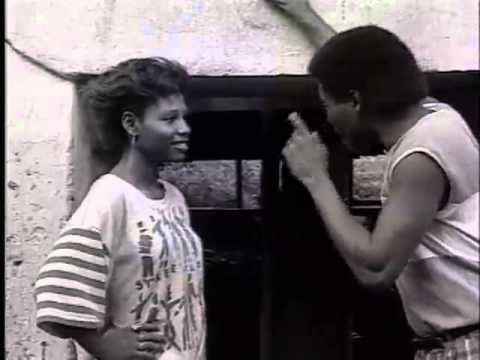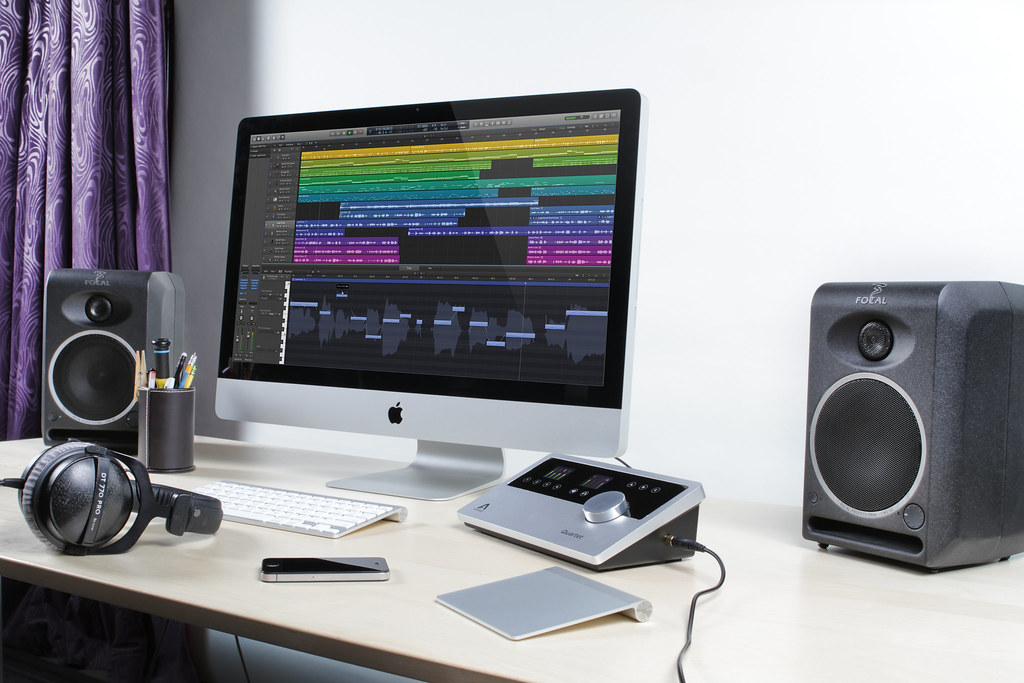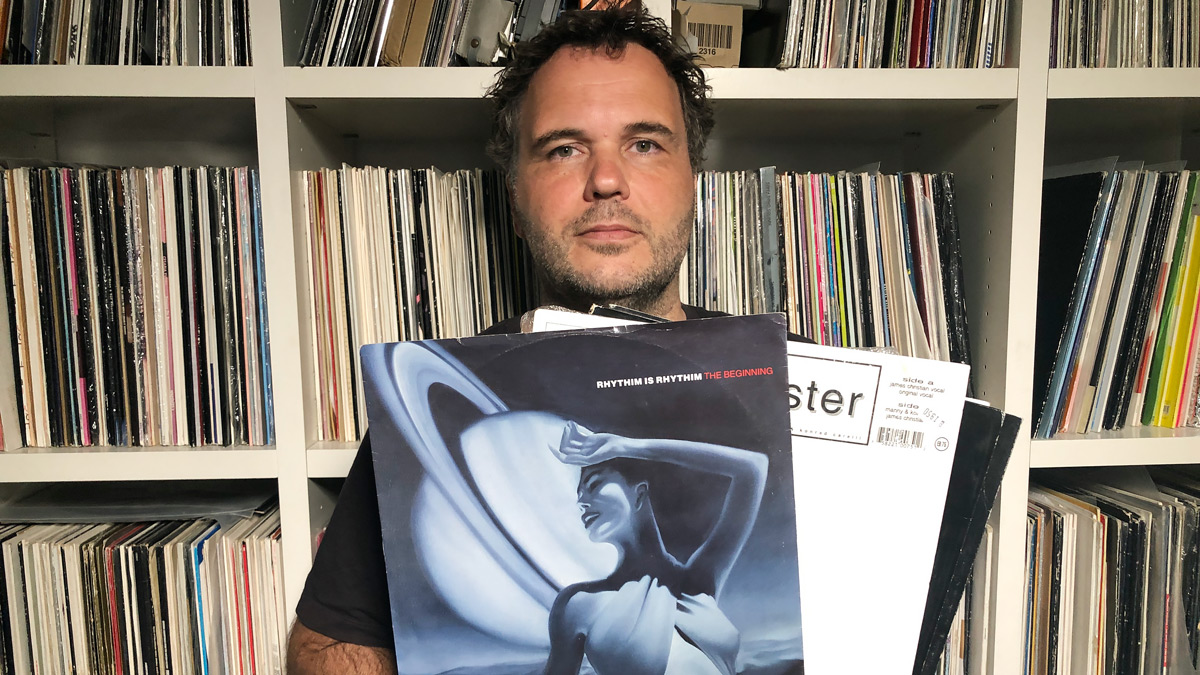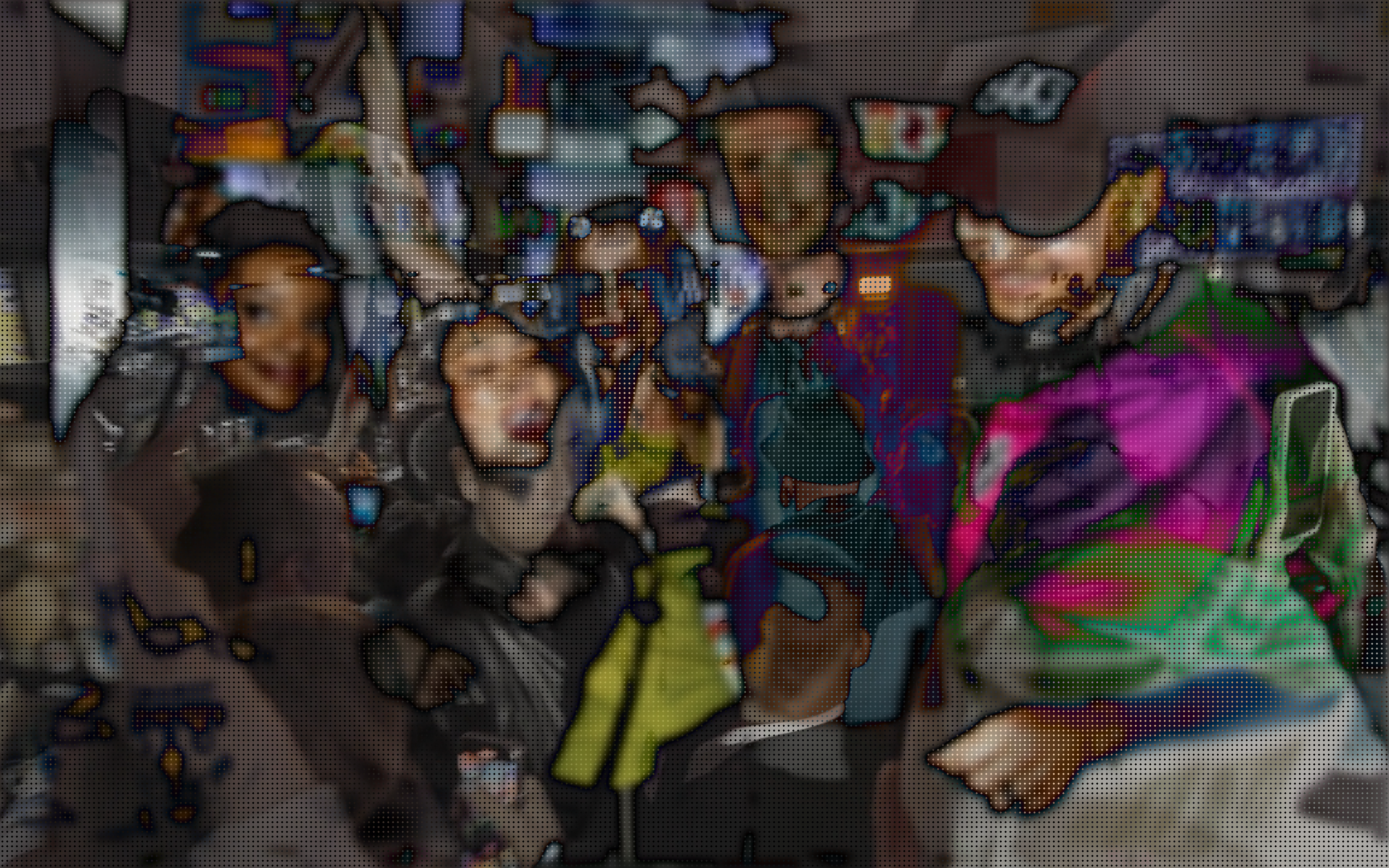Learn About Reggaeton's Multi-Cultural Origins With This Guide

From Panama to Jamaica and back again: how reggaeton became the phenomenon it is today.
Reggaeton might be as widely heard as it is understudied. Sure, reggaeton has a clear link with the history of Jamaican dancehall, but people rarely probe further into the genre’s spread in the late ’70s throughout Latin America, and the essential transformation it had on reggaeton’s sound and popularity.
This spread is naturally caught up in the politics of the time. Reggaeton caught fire in Panama after the country’s West Indian-populated regions became an official part of Panama. As Caitlyn Donohue writes in her feature for FACT, “A beginner’s guide to the history and hybridity of reggaeton”, the seeds of reggateon were planted within the “swirl of pan-American identity—black and Latinx with Barbadian, Jamaican and US roots,” and the music that developed there reflecting black, urban experience.
Music by Panama plena artists made it to the Carribean and found a natural affinity with Jamaican dancehall producers. Donohue writes, “During this ‘underground’ era, multiple schools of creativity built out what would eventually lead to the reggaeton sound. Jamaican production duo Steely and Clevie revolutionized dancehall with drum machines and synthesizers.”
Complex diasporic histores and waves of immigration meant the sound of reggaeton continued to spread to countries like Colombia, Mexico and the United States. Developments in music production also refined the genre into radio-ready and club-certified tracks, culminating with tracks like Puerto Rican singer Luis Fonsi’s über-hit “Despacito”.
But for every “Despacito” there are gold mines of under-the-radar reggaeton to dig into. To go deeper into the endless branches of this ever-expanding genre, head over to the full feature on FACT here.
Read more: Genre Guide — hear Jamaican dancehall’s most essential riddims




















































